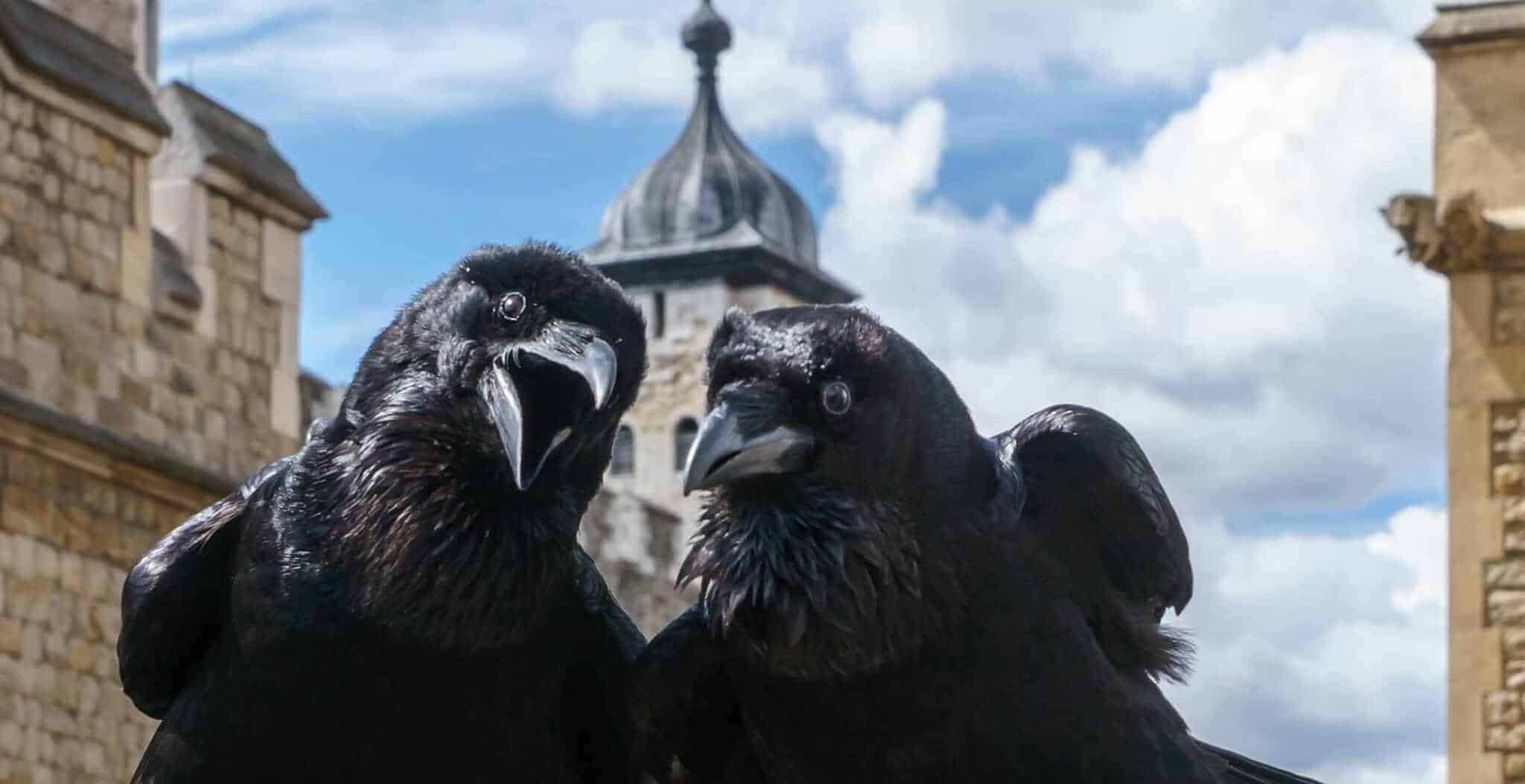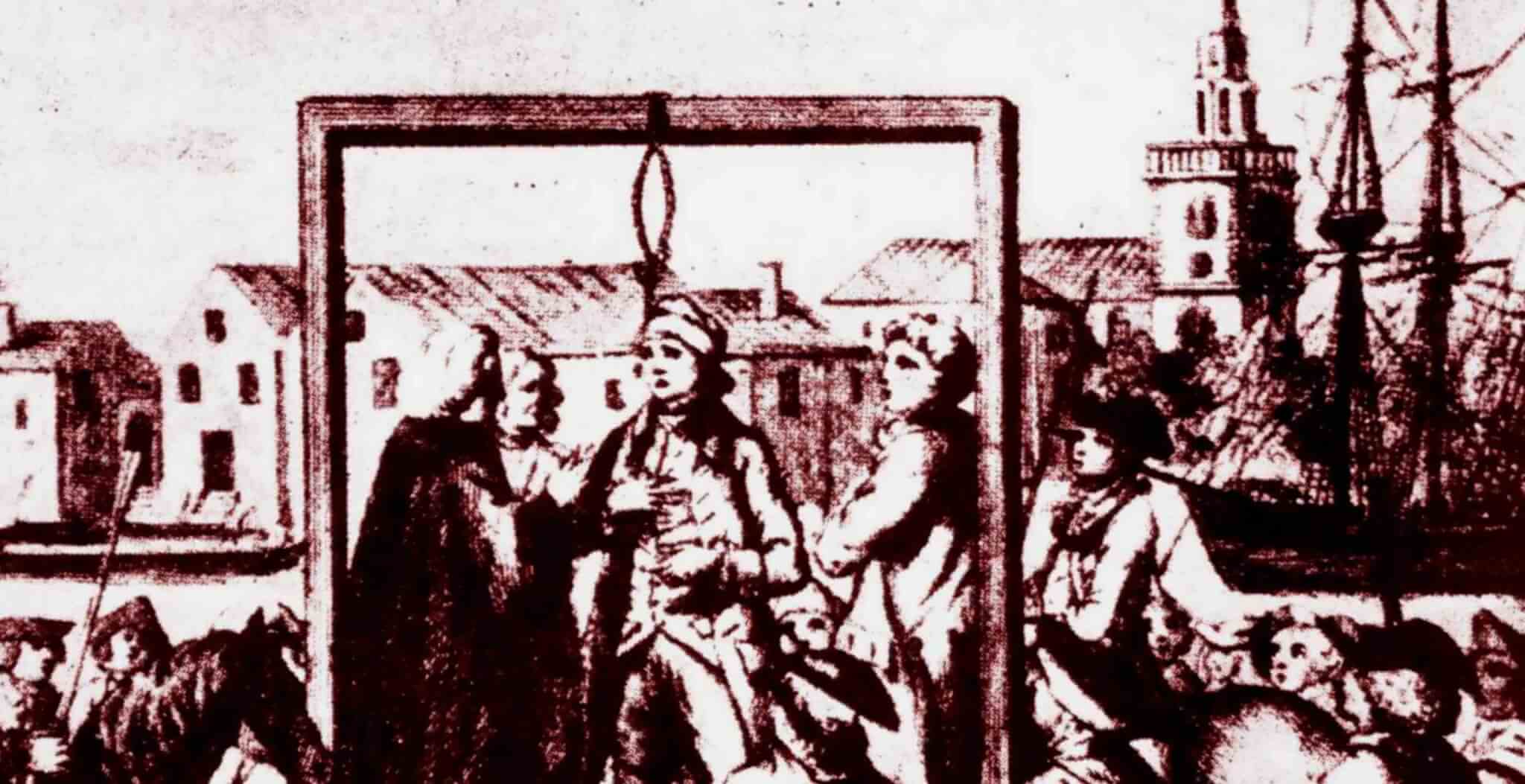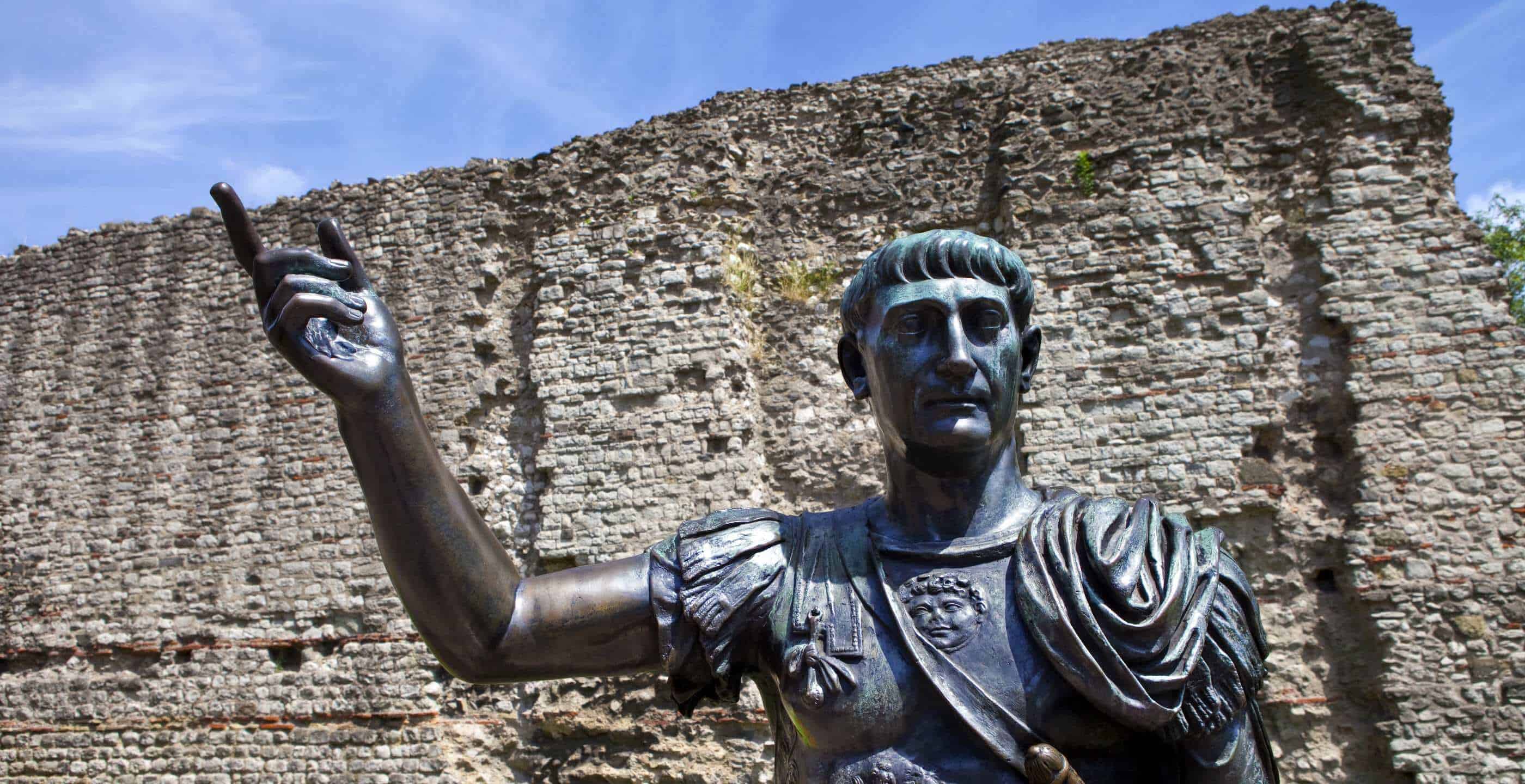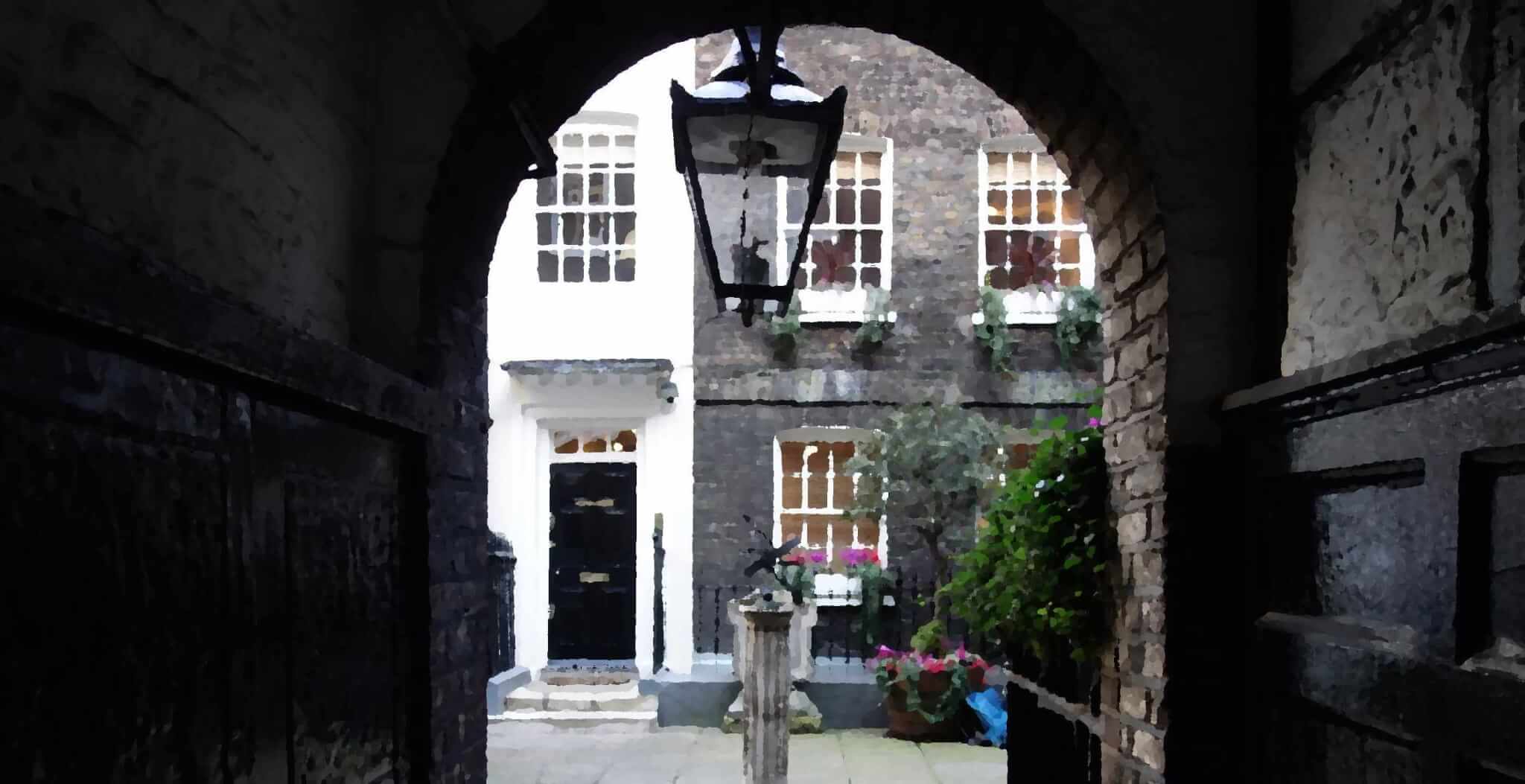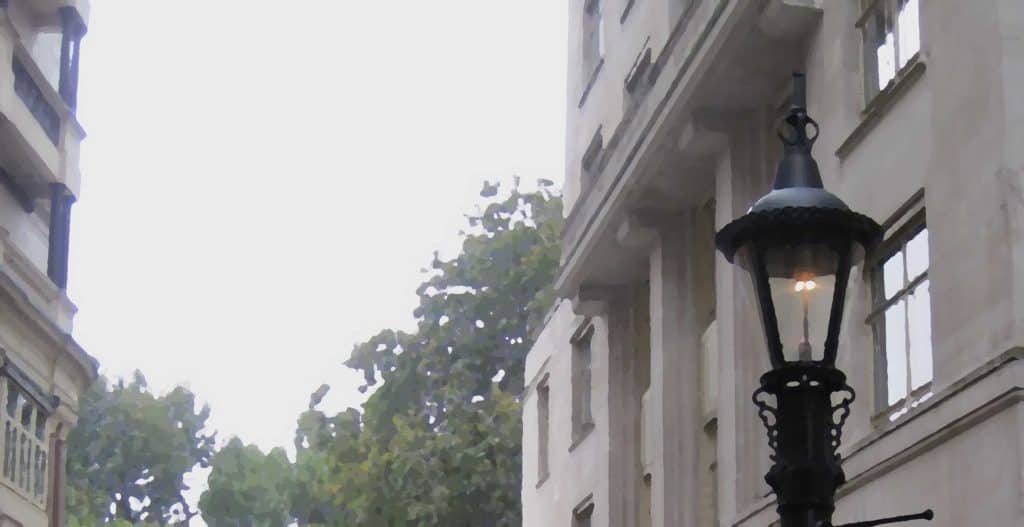Facts about London
![]() Population: 8,400,000
Population: 8,400,000
![]() Famous for: Big Ben, Tower of London, Houses of Parliament
Famous for: Big Ben, Tower of London, Houses of Parliament
![]() Local delicacies Jellied eels, pie & mash
Local delicacies Jellied eels, pie & mash
![]() Airports: Heathrow, London City, Gatwick, Luton, Stansted, Southend
Airports: Heathrow, London City, Gatwick, Luton, Stansted, Southend
![]() Nearby Counties: Kent, Sussex, Surrey, Berkshire, Buckinghamshire, Hertfordshire, Essex
Nearby Counties: Kent, Sussex, Surrey, Berkshire, Buckinghamshire, Hertfordshire, Essex
Arguably the most famous city in the world, London has for millennia been at the heart of British society. Founded by the Romans in AD50, Londinium became the capital of Roman Britain during the second century. By this time the city was a bustling metropolis with a population of around 60,000 and even featured the largest Roman building north of the Alps, the basilica. Also during the second century a large city wall was built around Londinium, some of which can still be seen today and which still defines the limits of the present day ‘City of London’.
After the Roman withdrawal from Britain in AD410, London went into a period of decline and was mostly ignored by the various waves of Anglo-Saxon tribes that invaded Britain over the following centuries. Instead, a small Middle Saxon town sprung up to the west of the old Roman walls which would later become known as ‘Westminster’.
Between the 6th and 8th centuries this new Anglo-Saxon settlement was regularly sacked, and by the time of the Viking attacks in the 9th century it was decided that the settlement should be relocated inside the old Roman walls for defensive purposes. Lundenburgh, as it was now known, went through a period of revival with its old Roman walls being repaired and a new London Bridge being constructed.
From this point onwards, London would become the de facto capital of England and – later – of the United Kingdom.
In terms of historic sites, some of the oldest in London include Westminster Abbey (originally built in the 10th century by Edward the Confessor, although most of the currently structure is from the 13th century) and the Tower of London‘s White Tower (built in the 11th century by William the Conqueror).
Unfortunately there are very few medieval buildings or sites in London thanks to the Great Fire of London in 1666, although we have managed to identify eighteen remarkable survivors on this page. Indeed, the vast majority of historic sites in London date from after the Great Fire, including Sir Christopher Wren’s magnificent St Paul’s Cathedral.
To start exploring some of our favourite historic sites in London, simply use the interactive map below.



